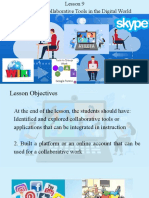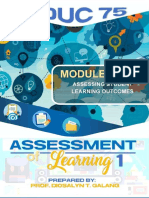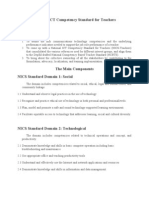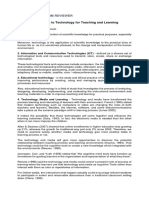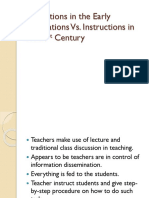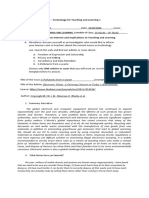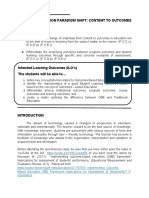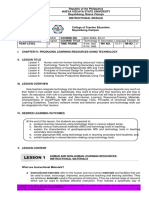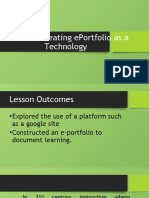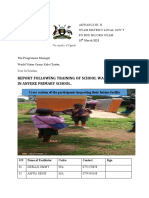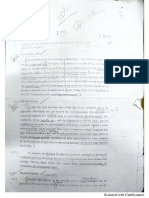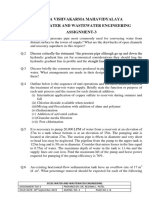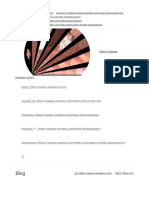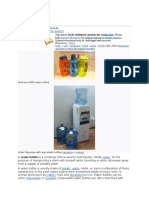Good day everyone the topic assign to me is about Revisiting of Problem Based learning plan
Problem-Based Learning: Integrating Digital and Non-Digital Resources
This presentation examines the use of both digital and non-digital resources in problem-based learning
(PBL) to create a dynamic and engaging learning environment for students.
Problem-Based Learning: A Foundational Approach
Engaging Approach
PBL encourages students to actively participate in the learning process by posing real-world problems
that need to be solved. It fosters critical thinking and problem-solving skills.
Collaborative Learning
PBL emphasizes teamwork and collaboration. Students work together to gather information, analyze
situations, and develop solutions. This promotes communication and leadership skills.
The Advantages of Problem-Based Learning
Knowledge Construction
PBL enables students to build a comprehensive and flexible knowledge base, as they actively seek
information related to their problem.
Knowledge Retention
Through active engagement, students retain knowledge more effectively than passive learning methods,
improving long-term understanding.
Problem-Solving Skills
PBL develops problem-solving skills through real-world situations, preparing students for future
challenges and adaptability.
Characteristics of Problem-Based Learning
Self-Directed Learning
Students take ownership of their learning, research, and problem-solving, fostering independence and
critical thinking.
Collaborative Activities
PBL emphasizes collaboration and teamwork, fostering communication and social skills that are essential
in a diverse world.
Information Access
Students are encouraged to access various resources, including digital and non-digital materials,
promoting information literacy.
�Digital Resources in Problem-Based Learning
Simulations & Models
Digital simulations and models allow students to manipulate variables and explore concepts in
interactive ways.
Videos & Graphics
Videos and animations can effectively demonstrate complex processes or concepts, making learning
more engaging.
Quizzes & Games
Interactive quizzes and games can provide a fun and engaging way for students to test their
understanding.
E-Books & E-Notes
Digital textbooks and notes provide easy access to information and can be easily shared and accessed
from multiple devices
Advantages of Digital Resources
Interactive Feedback
Digital tools can provide immediate feedback on student performance, allowing for personalized
learning and adjustments.
Varied Learning Experience
Digital resources offer a variety of formats and interactive elements, catering to different learning styles
and preferences.
Accessibility & Flexibility
Digital resources are accessible anytime and anywhere, promoting flexible learning and accommodating
individual schedules.
Non-Digital Resources in Problem-Based Learning
Tangible Materials
Physical objects, such as maps, models, and manipulatives, can provide concrete experiences and
promote hands-on learning.
Real-World Connections
Non-digital resources can connect students to real-world contexts, making learning more relevant and
meaningful.
Collaborative Learning
�Physical materials can be used for collaborative projects, fostering teamwork, communication, and
shared problem-solving.
Integrating Digital and Non-Digital Resources
1. Balanced Approach
2. Diverse Learning Styles
3. Engaging Learning Experiences
Integrating digital and non-digital resources in PBL creates a rich and dynamic learning environment that
caters to diverse learning styles and fosters deeper understanding.
Future Directions: PBL in the Digital Age
1. Personalized Learning
-Further research into personalized learning pathways within PBL is crucial.
2. Digital Literacy
-Focus on developing digital literacy skills for effective resource utilization.
3. Teacher Training
-Invest in training teachers to effectively integrate digital resources into PBL.













